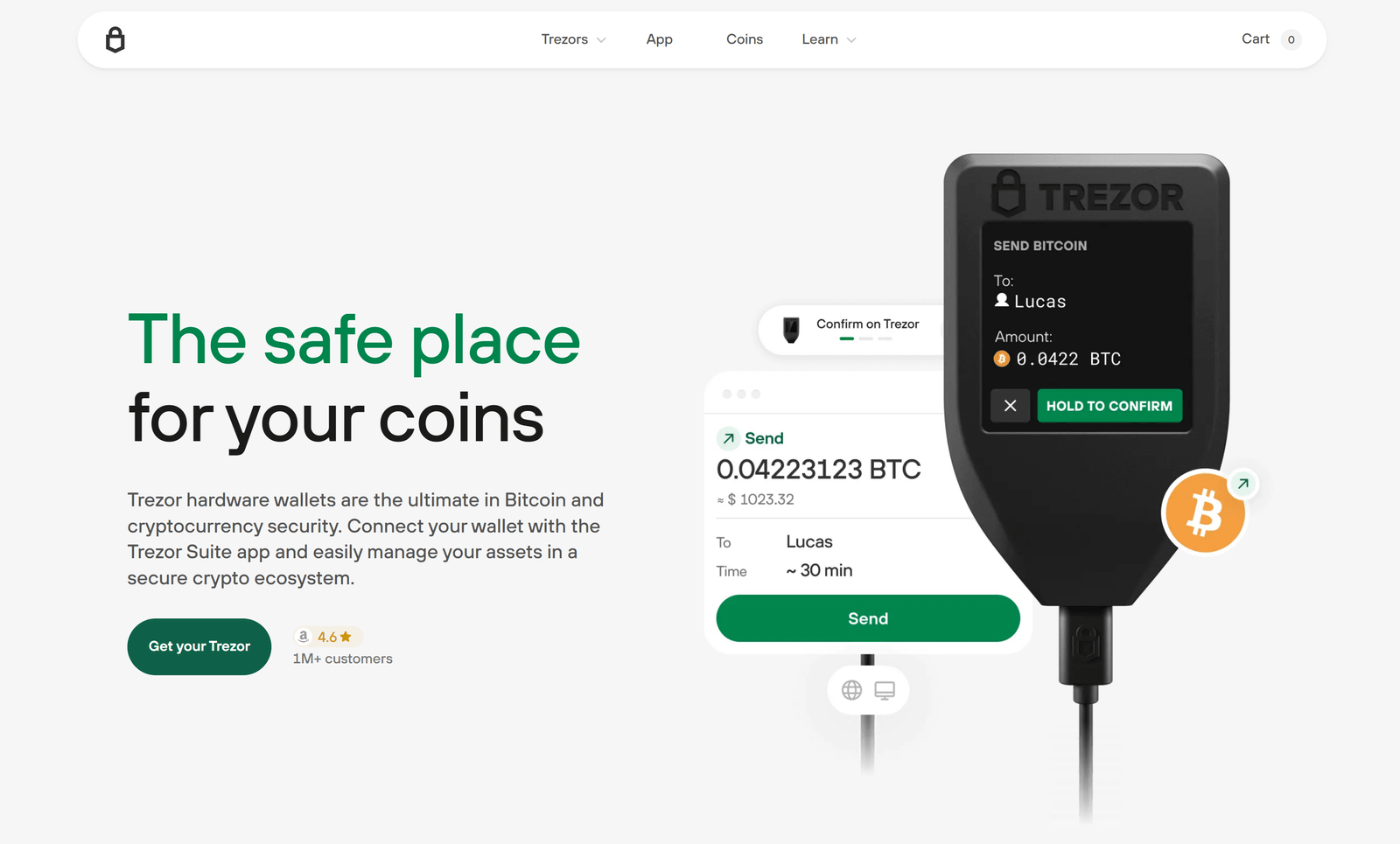What is Trezor Bridge?
Trezor Bridge is lightweight software that runs on your computer to facilitate secure USB communication between a Trezor hardware wallet and the Trezor Suite web or desktop application. It acts as a local intermediary — not a cloud service — allowing browsers and apps to interact with the device while keeping private keys on the hardware itself.
Because Bridge runs locally, it never uploads secrets to remote servers; its role is strictly to enable safe, authenticated device access by official applications.
Why Bridge is needed
Modern browsers limit direct USB access for security reasons. Trezor Bridge provides a stable, cross-platform solution that lets web-based Trezor Suite instances detect and communicate with attached devices. It simplifies compatibility across Windows, macOS and Linux while preserving hardware-level security checks.
Bridge ensures the Suite can request signatures and device status while all signing operations are handled on the device screen for explicit user approval.
Where to download Bridge
Always obtain Trezor Bridge from official sources. Use the official Trezor start and Suite pages to find the correct, signed installer for your operating system:
- trezor.io/start — verified setup hub and Bridge download links
- suite.trezor.io — official Suite web client and download resources
Do not install Bridge from unverified mirrors or links provided in unsolicited messages; those may be malicious.
Install and update safely
Download the appropriate installer for your platform and follow the on-screen instructions. When Bridge is installed, the browser or Suite will detect it automatically. Periodically check for updates: Bridge updates can include important compatibility or security fixes.
Trezor Suite will usually prompt when a new Bridge or firmware update is available; accept updates only from the official Suite interface or trezor.io/start.
Security considerations
Trezor Bridge only exposes local device endpoints to applications running on your machine. Actual signing actions remain confined to the hardware screen — you must always confirm transaction details on the device before approval. Protect your computer with standard hygiene: run up-to-date OS patches, avoid unknown downloads, and use trusted browsers.
If a website prompts for your recovery seed or asks you to enter device secrets into a web form, disconnect and report the site — legitimate workflows never request the seed.
Troubleshooting common issues
If the device is not detected, try a different USB cable or port, restart the Suite app and the Bridge service, and verify that your operating system grants permission for the Bridge process. On some systems, a firewall or strict security policy may block local endpoints — review system permissions if problems persist.
For verified troubleshooting steps, visit the official support pages linked above rather than following community workarounds that request sensitive information.
Best practices
Keep Bridge and Trezor Suite current; install signed updates only from trezor.io or suite.trezor.io. Use a dedicated machine for significant holdings where practical, and keep backups of recovery seeds offline. Consider enabling device-level features such as passphrase protection for an additional layer of security.
Remember: Bridge is an enabler for local communication — the security model rests on the hardware device and your careful handling of recovery material.
Summary
Trezor Bridge is an essential, locally running component that makes secure, web-based management of Trezor hardware possible. It simplifies device access across platforms while ensuring that private keys never leave the device. Install Bridge only from official sources, keep it updated, and always verify on-device prompts before approving any operations.
Official resources: trezor.io/start and suite.trezor.io.
